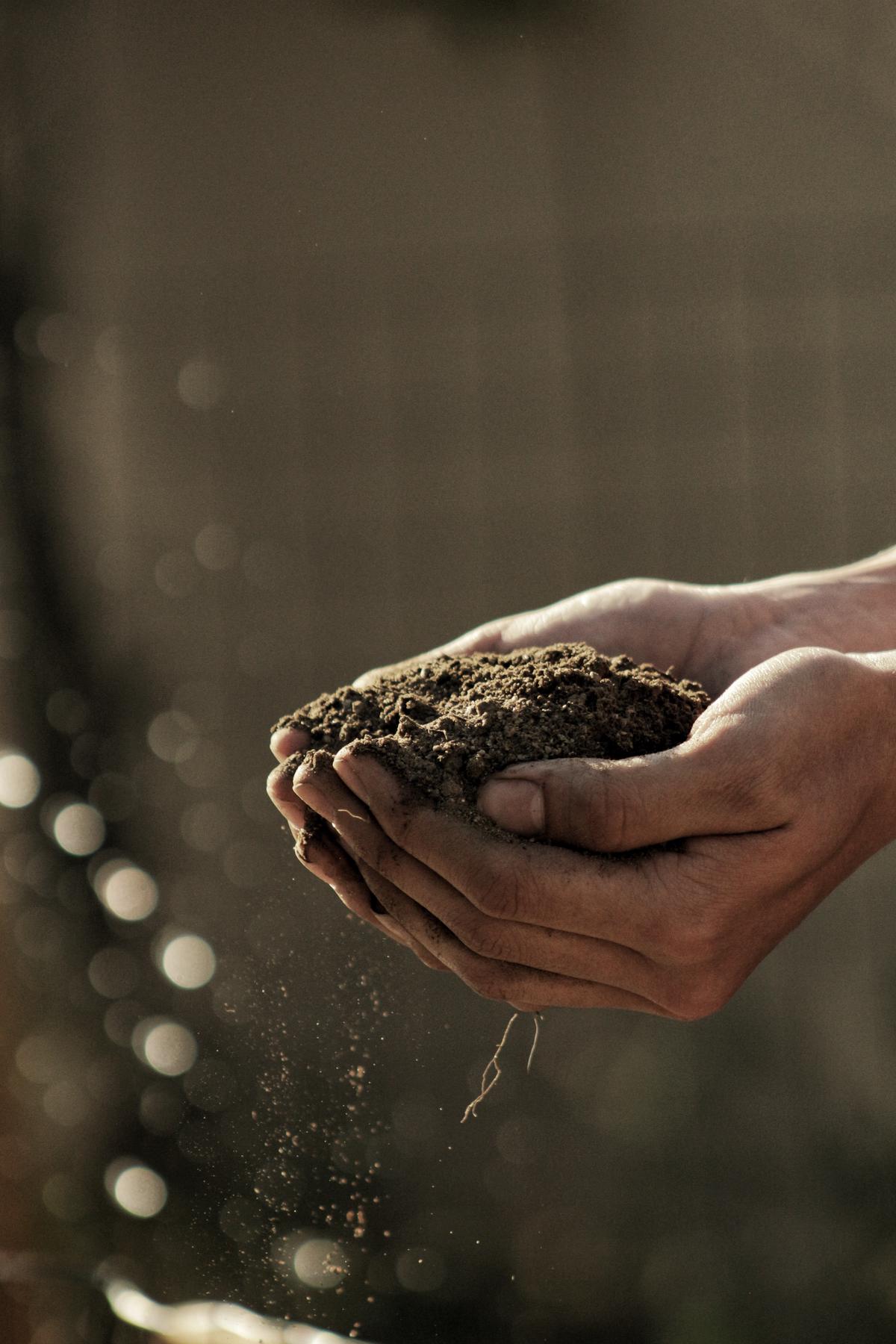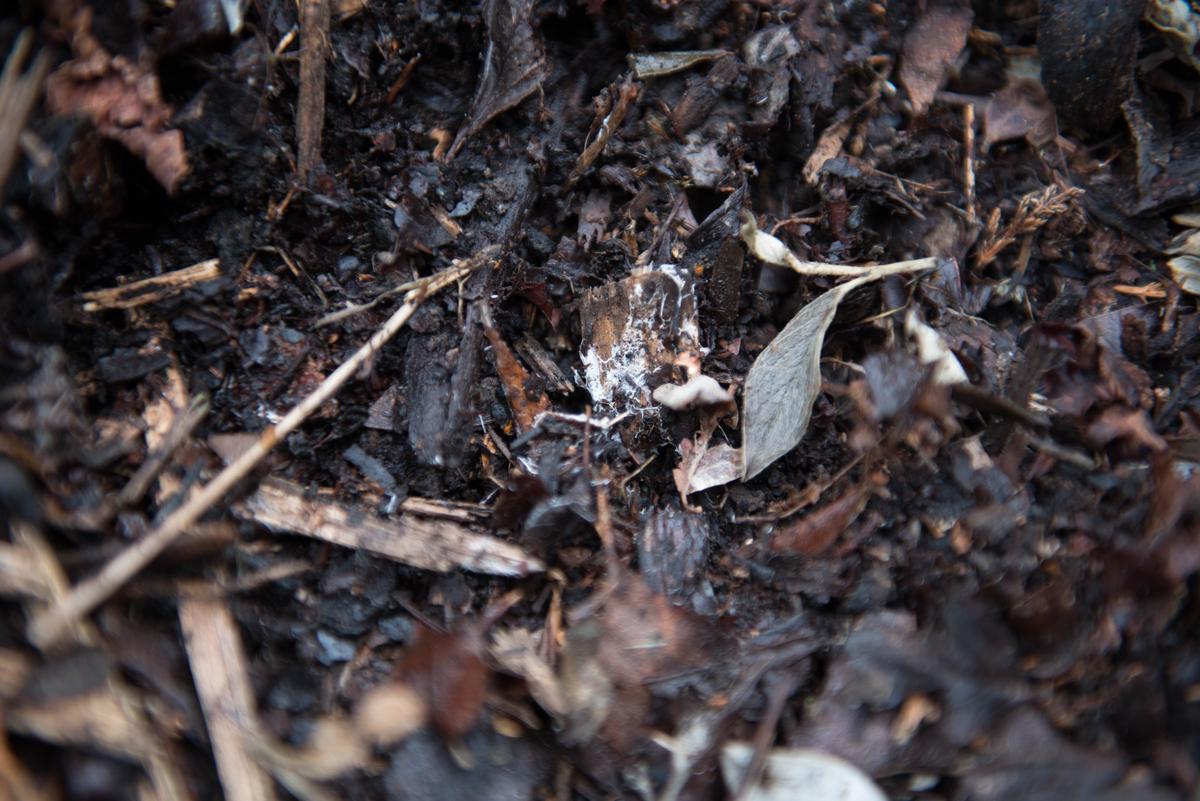In the quietude of winter, gardens may look as though they are resting, but the hard work of preparation ensures they spring to life with the first touch of warm weather. Understanding the composition of your garden’s soil is the first step to ensuring the lush growth of plants in the subsequent season. In this exploration, we will journey through the intricate key components of soil, the critical role of organic matter, in addition to how the proportions of sand, silt, and clay affect plant health. Furthermore, we will delve into the value of soil amendments, including the judicious use of compost, manure and mulching, and the vital role of lime in pH adjustment. Going beyond the rudiments, this discussion will also venture into the realm of crop rotation, cover crops and their impacts on soil nutrient longevity and disease prevention with a focus on winter months. Finally, specific winter garden care with an emphasis on protection during harsh weather, apt timing for winter mulching, and the significance of a weed-free winter garden will all be expertly dissected.
Understanding Soil Composition
Understanding Soil Composition
Soil composition is a major determinant of plant growth and survival. It refers to the different types of particles that make up the soil, including sand, silt, and clay, together with organic matter. These different particles comprise different proportions to form various soil types.
Sand is the largest particle in the soil mix, contributing to good soil drainage and aeration. However, its large particle size means it can’t hold onto nutrients and water well. Silt is medium-sized and does a fair job at both drainage and nutrient retention. Clay, the smallest particle, excels at holding onto nutrients and water but can lead to poorly drained, compacted soil. A healthy soil usually consists of a good mix, often referred to as loam.
The Role of Organic Matter
Organic matter plays an important role in the soil composition. It comes from plant and animal decay, and it’s critical for the overall soil health as it provides vital nutrients to the plant. Organic matter also helps improve the soil’s structure, drainage, and water-holding capacity. Not only does it promote the creation of beneficial microorganisms in the soil, but it also makes the soil easier to work with.
Varying Amounts of Sand, Silt, and Clay
The various proportions of sand, silt, and clay present in the soil can greatly affect the growth of plants. Excess sand can cause the soil to drain too quickly, making water and nutrients less available to plants. High amounts of clay can lead to water-logged soil and root rot. Meanwhile, an ideal balance provides ample aeration while retaining enough water and nutrients. Loam, composed of about 40% sand, 40% silt, and 20% clay, is considered the best soil for plant growth.
How to Test Your Soil Type
Testing your soil type is a relatively straightforward process. One popular method is the jar test. Fill a clear jar halfway with soil, then fill to the top with water. Shake the jar vigorously to fully mix the soil and water. Then, let the jar sit for a day or two. The soil will settle into layers with sand at the bottom, clay at the top, and silt in between.
By observing the thickness of each layer relative to the total amount of soil, you can estimate the percentage of sand, silt, and clay in your soil. For instance, if the sand layer is half the total soil depth, your soil is about 50% sand. This simple test can give you a clear starting point for improving your soil for plant growth.
Investing the Time to Understand Soil
Investing the time to understand and improve your soil can greatly enhance your gardening experiences and success. Good soil allows plants to grow stronger and healthier, ensures that water and nutrients are available to plants when they need them, and provides an ideal environment for plant roots. It’s one of the most important factors in creating a thriving garden.

Implementing Soil Amendments
Implementing Soil Amendments
Soil amendments are changes you make to your garden soil to improve its fertility or structure. When amending your winter garden soil, adding organic matter is one of the best ways to improve your soil’s health and productivity. Organic matter, like compost or manure, slowly feeds the soil with nutrients, improves the soil’s ability to hold onto water and nutrients, and supports a whole host of beneficial soil organisms.
Compost, often described as ‘black gold’ in the gardening world, is created by the decay of organic materials. Composting is easily achievable at home using vegetable scraps, coffee grounds, leaves, and grass cuttings. Adding this to your garden soil will both improve the soil structure and add vital nutrients.
Alternatively, animals manure is another rich source of organic matter packed with nutrients. Still, it’s important to let it decompose before using it in gardening, as fresh manure has the potential to burn plant roots and can possibly contain harmful pathogens. Aged manure can be found in garden stores or can be collected from stables and farms.
The Benefits of Mulching
Mulching, another excellent garden practice, brings numerous benefits. A layer of mulch protects the soil surface from severe winter weather and reduces the kitchen of soil compaction. It slows down water evaporation, maintaining soil moisture and reducing the need for watering.
As the mulch breaks down over time, it’s contributing organic matter and nutrients to the soil below. Using organic mulches such as straw, leaves, wood chips or compost will not only protect your soil but improve its fertility and texture as it decomposes.
The Role of Lime in Soil pH Adjustment
One critical factor for plant health rarely visible to the naked eye is soil pH. Incorrect soil pH can limit plant growth since it affects the availability of nutrients in the soil. Most plants prefer a pH between 6.0 and 7.0, slightly acidic to neutral. If your soil test returns a pH less than 6.0, indicative of overly acidic soil, applying ground limestone will help raise the pH, making the soil less acidic.
Lime contains calcium or calcium and magnesium and will not only improve the soils’ pH but add these essential plant nutrients. Note that changes in soil pH occur slowly and will likely require repeated applications. For the best results, add the lime in the fall, incorporate it into the soil surface, and repeat the following spring if necessary.
Implementing these soil amendments
Implementing these soil amendments will help ensure your winter garden soil’s health is ready for the following spring. Remember, the most significant factor is creating a healthy soil environment filled with organic matter and maintaining the proper pH. The results will be a productive garden and vigorous, healthy plants.

Photo by gabrielj_photography on Unsplash
Crop Rotation and Cover Crops
Introduction to Crop Rotation
Crop rotation is the practice of growing different types of crops in the same area in sequential seasons. This technique helps prevent depleting the soil of essential nutrients while also reducing the buildup of disease and pests. Each type of crop extracts certain sets of nutrients from the soil and leaves behind others, so rotating crops can ensure a balanced nutrient level. Additionally, pests and diseases are often specific to certain crops, so rotating them can reduce the chances of these negatives accumulating.
Begin by creating a plan that outlines which crops will be planted in each section of your garden. It’s important to know which plants are considered “heavy feeders,” such as corn and tomatoes that demand a lot of nutrients. Following heavy feeders with “light feeders” like beans, which require fewer nutrients, can help maintain the soil’s balance. In a basic four-year crop rotation schedule, you may start with tomatoes, followed by beans the next year, corn in the third year, and then back to beans in the fourth year.
Don’t forget to consider the families that your plants belong to, as plants in the same family tend to suffer from similar diseases. Avoid planting crops from the same family in the same area year after year to limit disease build-up.
Understanding Cover Crops
Cover crops, also known as green manure, are plants that are grown to cover the soil rather than for the purpose of being harvested. During the winter, these crops can help improve soil health and fertility. They protect the soil against erosion, increase organic matter, improve soil structure, and add nutrients.
RED clover and winter rye are two common types of winter cover crops. Red clover is a legume that helps fix nitrogen in the soil, a nutrient vital for plant growth. Winter rye, on the other hand, helps control weeds, reduces soil erosion, and traps excess nitrogen.
To plant cover crops, first, ensure that your main crops have been harvested. Then, prepare the soil by removing any existing vegetation and tilling lightly. Broadcast the seeds of the cover crop over the area, then rake lightly to ensure the seeds are covered by soil. Water well and monitor moisture levels until the crops are established.
In the spring, these cover crops should be cut down before they go to seed and turned into the soil to decay and add organic matter. This should be done a few weeks before you plan to plant your next crop, allowing the organic matter enough time to decay.
Learning about crop rotation and cover crops will greatly contribute to the health of your garden and soil. By implementing these practices, the fertility of the soil can be preserved, allowing you to enjoy bountiful harvests year after year.

Winter Specific Care
Understanding Soil Protection During Winter
During winter, soil is subject to harsh conditions like freezing temperatures and excessive moisture. To protect it, start by removing any remaining plant debris from your garden. Dead leaves and decaying plant matter can harbor diseases that might kill off beneficial microbes in the soil. After cleaning up, it’s time to apply compost.
Adding compost to your soil is a crucial step for soil prep. Not only does compost improve the soil structure by encouraging beneficial organisms, but it also provides nutrients for plants and helps maintain soil moisture balance. Sprinkle a layer of compost on top of the cleaned-up soil – usually a layer one to three inches deep is sufficient.
The Right Time and Methods for Winter Mulching
After improving your soil with compost, mulching is the next step. Mulching involves covering the soil with organic materials such as straw, leaves, or wood chips. The ideal time to apply mulch is after the first killing frost. Waiting until after the frost ensures that the ground is cold enough to discourage pests that tend to overwinter in the soil.
To apply mulch, spread a thick layer (4-6 inches) over the soil. Around perennial plants and garden beds, leave some space around the stem to discourage rot. Mulching can protect your soil from freezing and thawing, which can disrupt the soil structure, and also improves water retention, suppresses weed growth, and gradually adds nutrients to the soil as it breaks down.
Importance of Maintaining a Weed-Free Winter Garden
Eliminating weeds is vital as they compete with your plants for available nutrients, water, and sunlight. Some weeds can also host pests and diseases. Throughout winter, regularly inspecting your garden for weeds and promptly removing them can prevent a significant weed problem in spring.
Remember, pulling a weed effectively requires getting the root, too. If you’re unsure whether it’s a weed, leave it. Some plants—including vegetables like tomatoes and lettuce—can seed themselves from the previous year.
Once you’ve weeded, take the opportunity to test your soil. Winter is a great time to do this since it gives you plenty of time to amend the soil based on the test results, improving the conditions for spring planting.
In conclusion, protecting your soil during winter is crucial for maintaining its health and fertility. It involves cleaning up plant debris, applying compost, mulching, and keeping the garden weed-free. By following these steps, you’ll set yourself—and your garden—up for a successful spring planting.

Photo by jwatson95 on Unsplash
A mastery of winter garden soil preparation cultivates a foundation for a fruitful garden in the warmer months. Soil composition and implementing amendments not only enrich the soil but can also address possible challenges faced during the coldest months. Embracing the technique of crop rotation and the use of cover crops can extend the health and productivity of your garden by preserving soil nutrients and blocking disease build-up. Further, understanding and executing winter-specific care techniques such as correct mulching and maintaining a weed-free garden can protect and enhance your garden’s potential during downtime. With these insights and techniques, garden enthusiasts can confidently prepare for the winter and set the stage for a thriving and vibrant garden come spring.




